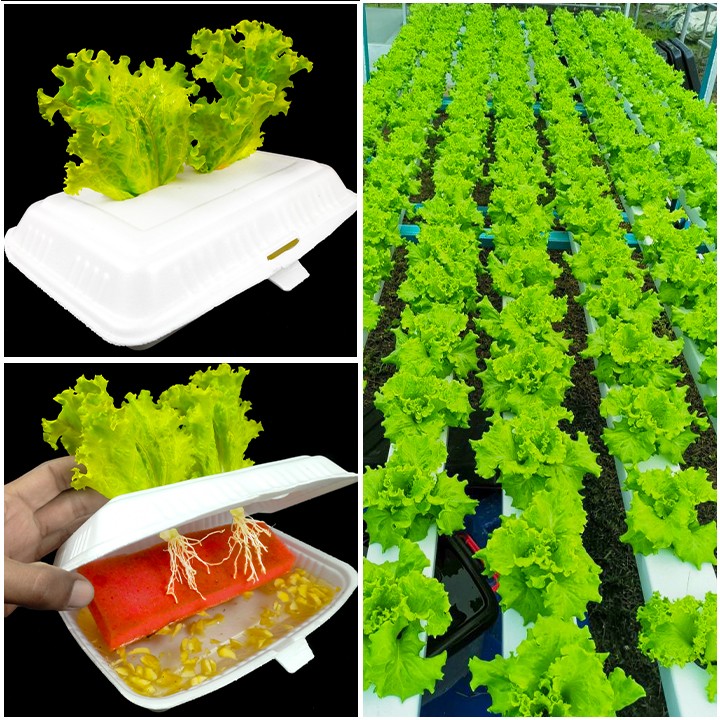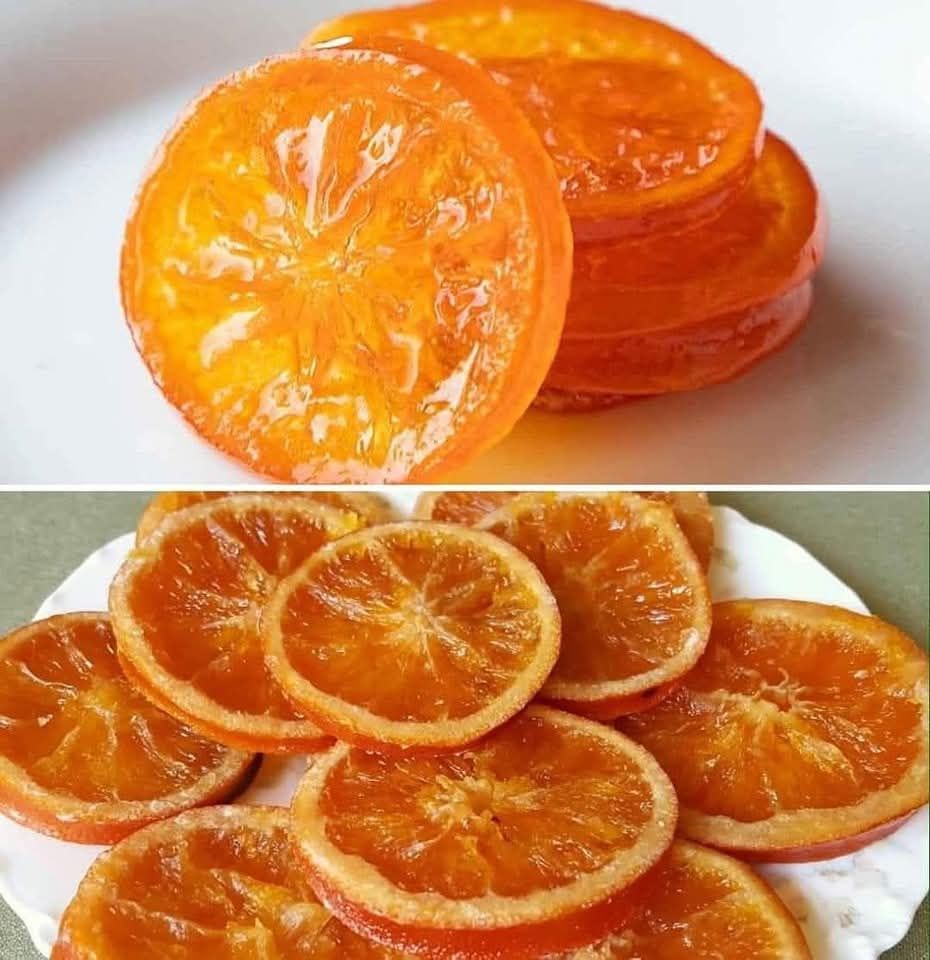Air fryers have taken the modern kitchen by storm. Whether you’re a home cook looking for a healthier alternative to deep frying or just someone who wants fast, crispy results with minimal oil, the air fryer seems like a miracle device. But with every new kitchen innovation comes a wave of questions — and one of the most frequently asked is:
Can you use aluminum foil in the air fryer?
The short answer: yes, you can — but with caution and a clear understanding of how to use it safely and effectively. In this article, we’ll explore the do’s and don’ts, safety tips, alternatives, and best practices so you can cook smarter and cleaner while preserving your air fryer.
Understanding How Air Fryers Work
Before we dive into aluminum foil, it’s important to understand how an air fryer functions.
Air fryers use rapid air circulation to cook food, similar to a convection oven but in a more compact space. A heating element (usually located at the top) produces intense heat, and a fan circulates this heat around the food, creating a crispy outer layer without the need for deep oil frying.
Because hot air circulation is key to proper cooking, anything that obstructs airflow can compromise results — and this is where the aluminum foil debate begins.
So, Can You Use Aluminum Foil in the Air Fryer?
Yes, you can use aluminum foil in the air fryer. But — and this is a big but — it must be done correctly to avoid safety hazards and cooking disasters.
Here are the main guidelines to follow:
✅ Check Your Air Fryer’s Manual First
Not all air fryer models are designed the same. Some explicitly allow aluminum foil, while others recommend against it. The best practice is to check the manufacturer’s manual that came with your device.
Using foil incorrectly can result in poor performance, food not cooking evenly, or worse, damage to your appliance.
✅ Use Foil to Line the Basket — Not Block It
If your model permits aluminum foil, you can line the bottom of the basket to catch drippings or make cleanup easier. However, never completely cover the bottom or sides of the basket, especially the air vents.
These vents are crucial for circulating the hot air. If you block them with foil, you’ll restrict airflow, resulting in:
- Uneven cooking
- Soggy food
- Longer cook times
- Possible overheating of the unit
Instead, cut the foil to fit just under the food, leaving gaps for air circulation.
❌ Never Let Foil Touch the Heating Element
This is one of the most critical safety warnings. If your foil is too loose or placed improperly, it can get sucked up by the air fryer fan and come in contact with the heating element.
This poses a fire hazard and could damage your air fryer permanently.
Here’s how to prevent this:
- Always secure the foil tightly around the food.
- Avoid using small, lightweight pieces of foil that can flutter.
- Never place foil on top of the food or allow it to hang off the edges.
When Is It Useful to Use Foil in an Air Fryer?
There are specific scenarios where using aluminum foil is actually quite helpful:
- Cooking marinated meats: Foil helps contain juices and prevent dripping.
- Roasting vegetables: It helps keep things like chopped beets or onions from sticking or falling through holes.
- Reheating leftovers: Foil can create a pouch to keep food moist.
- Preventing sticking: Delicate items like fish benefit from a foil base.
However, avoid foil when your goal is to crisp food, such as:
- French fries
- Chicken wings
- Breaded snacks
Foil can trap moisture and block airflow, meaning you won’t get that golden-brown finish you’re after.
Are There Health Concerns with Using Foil?
Some studies have raised questions about aluminum leaching into food during cooking, particularly with acidic foods (like tomatoes or citrus). While the health risk from occasional use in air fryers is likely minimal, it’s smart to avoid overusing foil if you cook with it frequently.
To stay on the safe side:
- Don’t use foil with acidic or highly spiced foods.
- Limit contact time (use foil for part of cooking, not the entire duration).
- Consider alternatives like silicone liners or parchment paper.
Smart Alternatives to Aluminum Foil
Looking for reusable or eco-friendlier options? Here are two excellent alternatives:
🌿 Silicone Liners
Silicone liners are reusable mats made from food-grade silicone. Designed specifically for air fryers, they’re heat-resistant and dishwasher-safe.
Benefits:
- Nonstick surface
- Easy to clean
- No risk of blocking airflow (if designed with holes)
- No leaching of materials
Ideal for:
- Roasting vegetables
- Baking cookies or muffins
- Cooking greasy foods like bacon
📜 Parchment Paper Liners
These are single-use paper liners, often pre-perforated with holes for air circulation. They’re great for people who don’t want to deal with cleanup.
Benefits:
- Biodegradable
- Easy to use and discard
- Won’t stick to food
Caution: Just like foil, don’t let parchment paper fly around in the fryer — always weigh it down with food before starting.
Pro Tips for Using Liners or Foil Safely
- Never preheat the air fryer with foil or paper inside without food to weigh it down.
- Trim liners to avoid overlap or covering vents.
- Keep it tight: Whether foil or parchment, make sure it’s snug and secure.
- Don’t overload: More food = less air flow. Cook in smaller batches for best crisp.
A Handy Hack: The Foil Skillet Trick
Want a quick and useful hack? Try this:
Take a sheet of aluminum foil, mold it into a small “bowl” or tray, and place it in your air fryer basket. It can catch dripping fat, hold delicate items like fish, or help steam veggies gently. Just remember to:
- Leave room around the foil tray for air circulation.
- Never let foil touch heating elements.
It’s like making a tiny disposable skillet right in your air fryer!
Final Verdict: Should You Use Aluminum Foil in Your Air Fryer?
Yes, but wisely.
Aluminum foil can be a helpful tool in the air fryer — if used properly. It’s best for containing moisture, simplifying cleanup, and supporting certain types of food. But misuse can lead to uneven cooking or even safety hazards.
Here’s a quick breakdown:
| DO | DON’T |
|---|---|
| Use foil to line under food | Cover entire basket with foil |
| Secure foil tightly | Use loose or flying foil |
| Keep foil away from heating element | Block vents or airflow |
| Check your user manual first | Assume all air fryers are the same |
In Conclusion
Air fryers are amazing for creating quick, crispy meals with little to no oil. If you’re considering using aluminum foil to make things easier, safer, or cleaner — go for it! Just be sure to understand how your air fryer works and always follow the guidelines provided by the manufacturer.
If you prefer more sustainable or health-conscious options, silicone liners and parchment paper offer great alternatives, each with their pros and cons. The key is to find what works best for your cooking style and your specific air fryer model.
So go ahead — enjoy that juicy salmon fillet or those roasted veggies without the mess. Your air fryer is more versatile than you think, especially when you use it smartly.
Happy air frying! 🍟🔥





